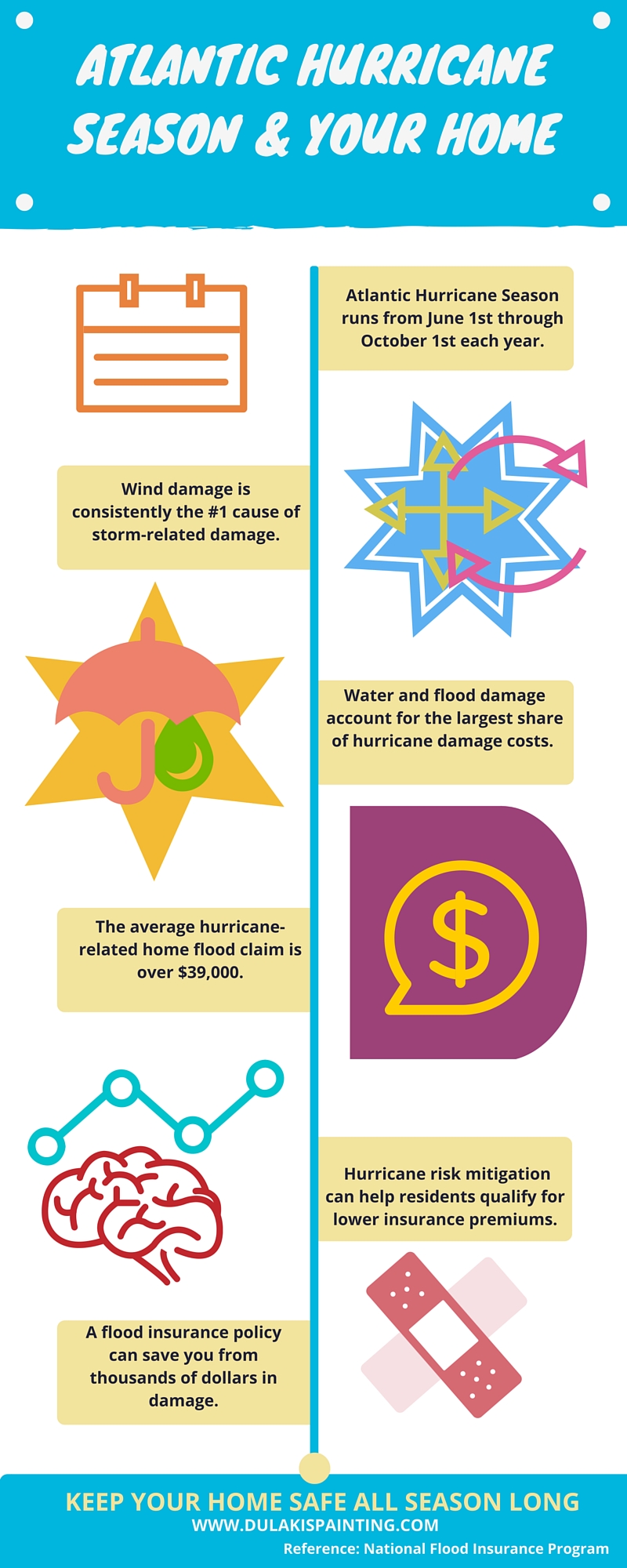Comprehending Seasonal Influences On Commercial Exterior Painting: Vital Understanding For Success
Comprehending Seasonal Influences On Commercial Exterior Painting: Vital Understanding For Success
Blog Article
Published By-Ford Urquhart
When you're intending a commercial external painting project, seasonal elements can make or break your outcomes. You'll want to think about just how temperature and moisture effect paint application and drying out times. Choosing the best season can ensure your paint sticks correctly and lasts longer. But which seasons are absolutely the very best for this sort of job? Let's check out the crucial elements that can affect your task's success.
The Influence of Temperature on Paint Application
When you're intending a business external painting project, the temperature level can significantly impact just how well the paint sticks and dries.
Preferably, you wish to repaint when temperatures range between 50 ° F and 85 ° F. If it's too chilly, the paint might not cure properly, bring about problems like peeling off or cracking.
On the other side, if it's also warm, the paint can dry out as well swiftly, protecting against correct attachment and resulting in an unequal coating.
You need to additionally take into consideration the time of day; early morning or late afternoon offers cooler temperature levels, which can be more positive.
Constantly check the maker's referrals for the specific paint you're utilizing, as they often give support on the perfect temperature range for optimum results.
Humidity and Its Effect on Drying Times
Temperature level isn't the only environmental aspect that influences your industrial exterior painting project; humidity plays a significant duty too. https://lukasirwdj.blogspothub.com/33525424/basic-questions-to-address-before-hiring-residence-painting-professionals can reduce drying out times drastically, affecting the general quality of your paint work.
When the air is saturated with dampness, the paint takes longer to cure, which can cause concerns like poor attachment and a higher risk of mildew development. If you're painting on a particularly moist day, be gotten ready for extended wait times between layers.
It's critical to keep an eye on regional weather conditions and strategy appropriately. Ideally, go for humidity levels in between 40% and 70% for ideal drying.
Keeping Learn Additional consider mind guarantees your job remains on track and supplies a long lasting coating.
Best Seasons for Commercial Outside Paint Projects
What's the very best time of year for your industrial external paint tasks?
Spring and early autumn are usually your best options. During these seasons, temperatures are mild, and moisture degrees are usually reduced, developing ideal conditions for paint application and drying.
Prevent summertime's intense heat, which can create paint to dry also rapidly, leading to bad bond and finish. In a similar way, winter months's cold temperatures can hinder proper drying and healing, running the risk of the long life of your paint job.
Go for days with temperatures between 50 ° F and 85 ° F for ideal results. Bear in mind to inspect the regional weather forecast for rainfall, as damp problems can spoil your job.
Preparation around these elements ensures your painting task runs efficiently and lasts longer.
Verdict
To conclude, planning your commercial outside paint tasks around seasonal factors to consider can make a substantial difference in the result. By organizing work throughout the optimal temperature levels and moisture degrees, you'll guarantee far better bond and drying out times. Remember to watch on neighborhood weather prediction and select the correct time of year-- springtime and early fall are your best choices. Taking these steps will help you attain a resilient and expert surface that lasts.
